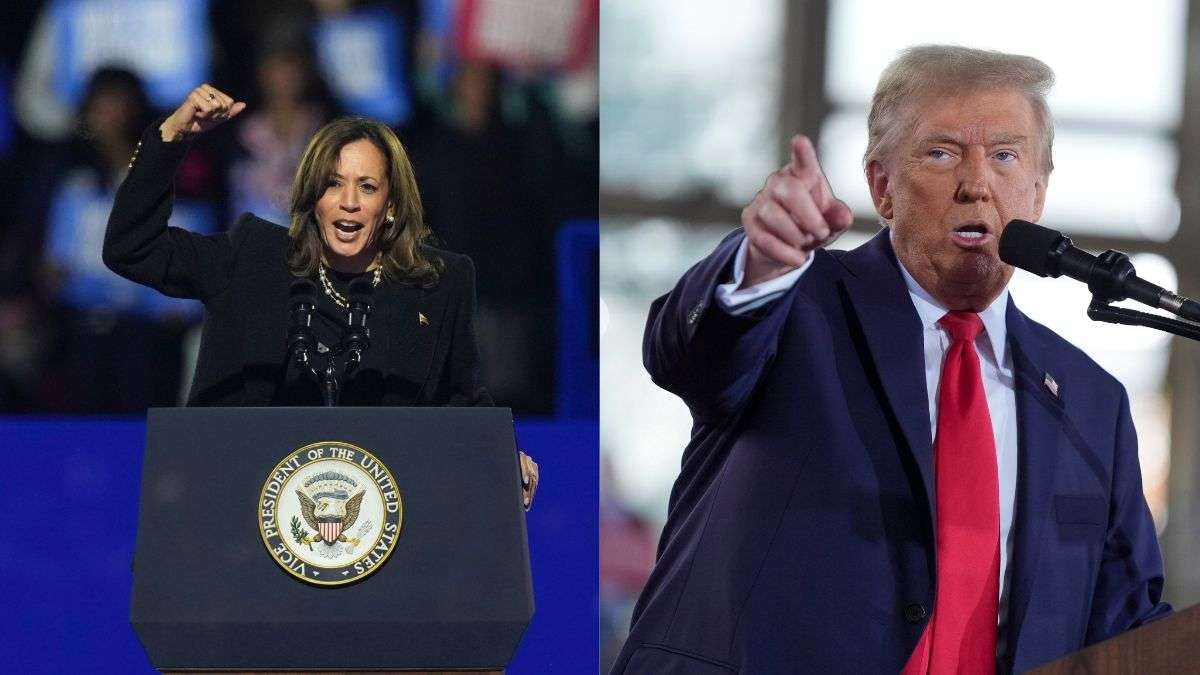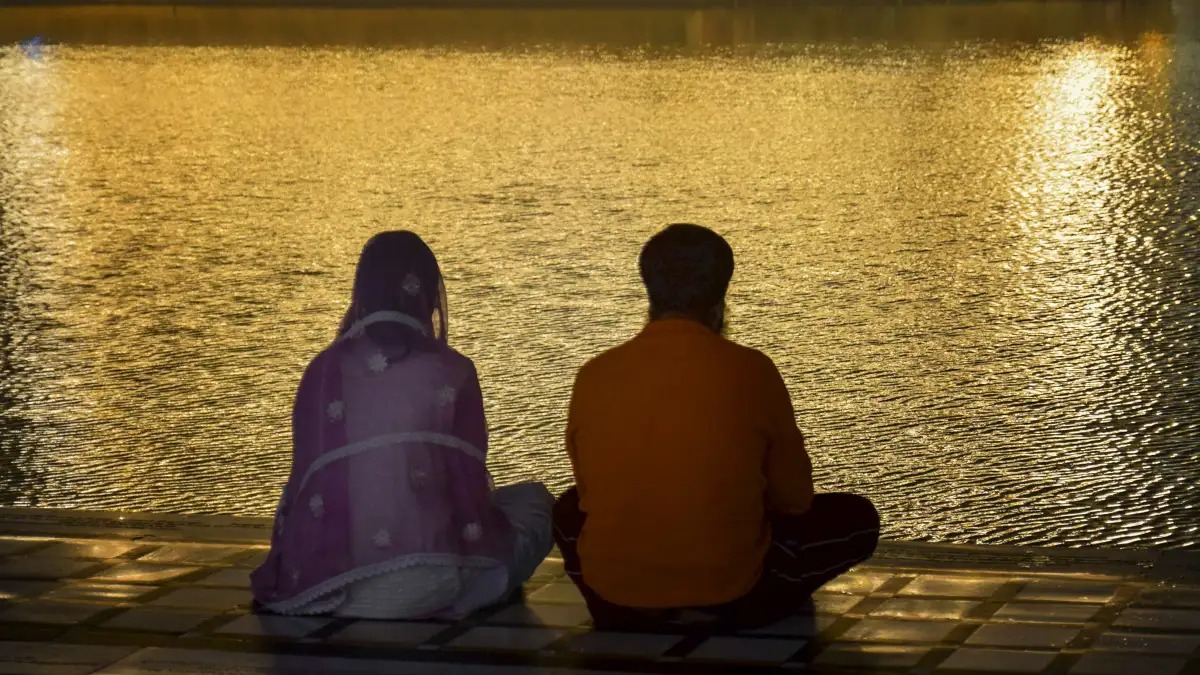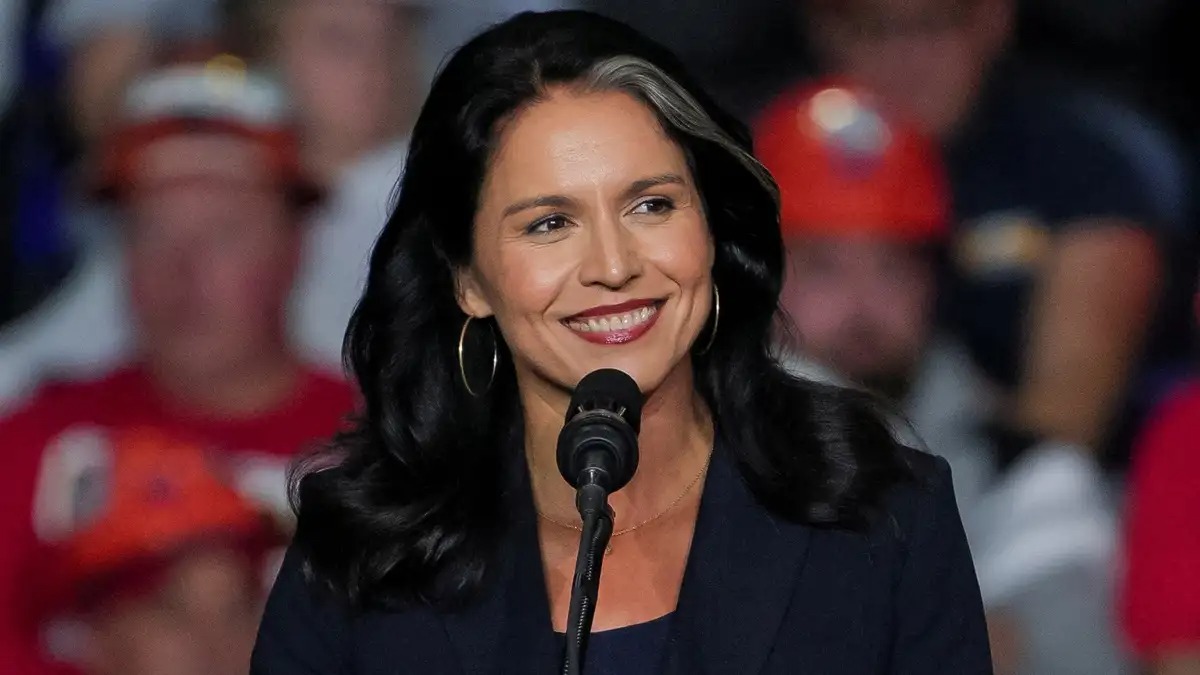
International: Election Day has arrived. In a matter of hours, the final votes in the 2024 presidential election will be cast. In a deeply divided nation, the election is a true toss-up between Democrat Kamala Harris and Republican Donald Trump. There are seven battleground states that will decide the outcome, barring a major surprise. But major questions persist about the timing of the results, the makeup of the electorate, the influx of misinformation, and even the possibility of political violence. At the same time, both sides are prepared for a protracted legal battle that could complicate things further.
Here's what to watch on Election Day 2024:
History will be made either way
Given all the twists and turns in recent months, it's easy to overlook the historical significance of this election. Harris would become the first female president in the United States' 248-year history. She would also be the first Black woman and person of South Asian descent to hold the office. Harris and her campaign have largely played down gender and race fearing that they might alienate some supporters. But the significance of a Harris win would not be lost on historians.
A Trump victory would represent a different kind of historical accomplishment. He would become the first person convicted of a felony elected to the US presidency, having been convicted of 34 felony counts in a New York hush-money case little more than five months ago. Trump, who is still facing felony charges in at least two separate criminal cases, argued that he is the victim of a politicised justice system. And tens of millions of voters apparently believe him, or they're willing to overlook his extraordinary legal baggage.
How long will it take to know the winner?
Election Day in the United States is now often considered election week as each state follows its own rules and practices for counting ballots, not to mention the legal challenges, that can delay the results. But the truth is, nobody knows how long it will take for the winner to be announced this time.
In 2020, US media houses declared President Joe Biden the winner on Saturday afternoon — four days after polls closed. But even then, The Associated Press called North Carolina for Trump 10 days after Election Day and Georgia for Biden 16 days later after hand recounts.
Four years earlier, the 2016 election was decided just hours after most polls closed. This time, both campaigns believe the race is extremely close across the seven swing states that are expected to decide the election, barring a major surprise: Arizona, Georgia, Michigan, Nevada, North Carolina, Pennsylvania and Wisconsin. The size of the map and the tightness of the race make it hard to predict when a winner could be declared.
Where can I find early clues about how the contest might unfold?
Look to two East Coast battleground states, North Carolina and Georgia, where the results could come in relatively quickly. That doesn't mean we'll get the final results in those states quickly if the returns are close, but they are the first swing states that might offer a sense of what kind of night we're in for. To go deeper, look to urban and suburban areas in the industrial North and Southeast, where Democrats have made gains since 2020.
In North Carolina, Harris' margins in Wake and Mecklenburg Counties, home to the state capital of Raleigh and the state's largest city, Charlotte, respectively, will reveal how much Trump will need to squeeze out of the less-populated rural areas he has dominated.
In Pennsylvania, Harris needs heavy turnout in deep blue Philadelphia, but she's also looking to boost the Democrats' advantage in the arc of suburban counties to the north and west of the city. She has campaigned aggressively in Bucks, Chester, Delaware and Montgomery counties, where Biden improved on Clinton's 2016 winning margins.
The Philadelphia metro area, including the four-collar counties, accounts for 43 per cent of Pennsylvania's vote. Elsewhere in the Blue Wall, Trump needs to blunt Democratic growth in Michigan's key suburban counties outside of Detroit, especially Oakland County. He faces the same challenge in Wisconsin's Waukesha County outside of Milwaukee.
Who's left to show up on Election Day?
On election Day, it's unclear which voters will show up to cast ballots on Tuesday. More than 77 million people participated in early voting — either in person or through the mail. So many people already cast ballots that some officials say the polls in states like Georgia might be a “ghost town” on Election Day. One major reason for the surge is that Trump has generally encouraged his supporters to vote early this time, a reversal from 2020 when he called on
Republicans to vote only in person on Election Day. The early vote numbers confirm that millions of Republicans have heeded Trump's call in recent weeks.
The key question, however, is whether the surge of Republicans who voted early this time will ultimately cannibalise the number of Republicans who show up on Tuesday. There are also shifts on the Democratic side. Four years ago, as the pandemic lingered, Democrats overwhelmingly cast their ballots early. But this time around, without the public health risk, it's likely that more Democrats will show up in person on Election Day. That balance on both sides is critical as we try to understand the early returns. And it's on the campaigns to know which voters they still need to turn out on Tuesday. On that front, Democrats may have an advantage.
Role of the World's richest person
Trump's campaign and the Republican National Committee have outsourced much of their get-out-the-vote operation to outside groups, including one funded largely by billionaire Trump ally Elon Musk that's facing new questions about its practices. Harris's campaign, by contrast, is running a more traditional operation that features more than 2,500 paid staffers and 357 offices in battleground states alone.
--Advertisement--

 Desk
Desk Share
Share






